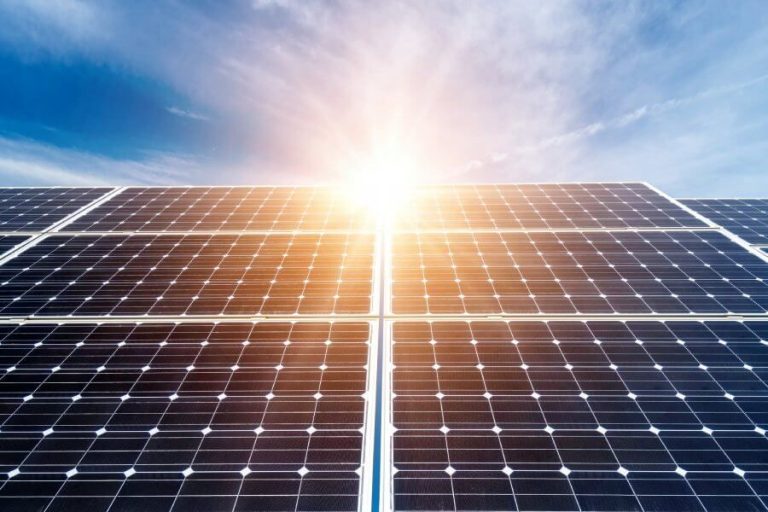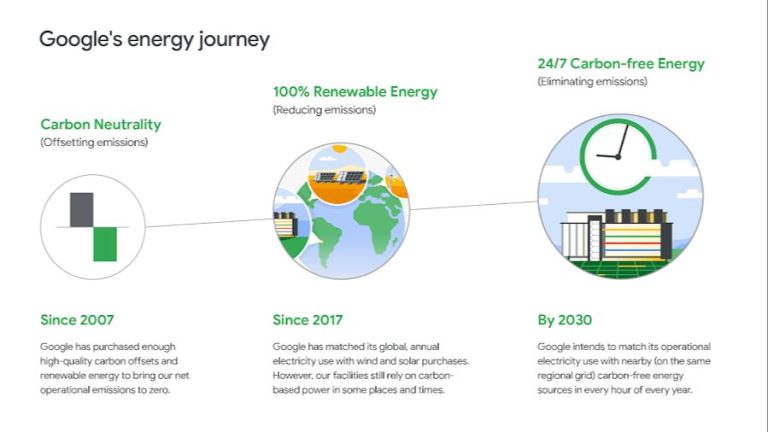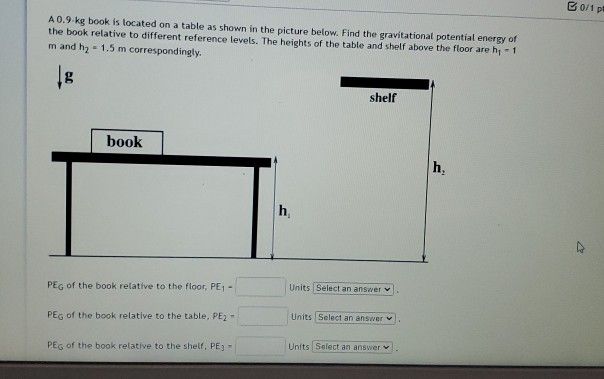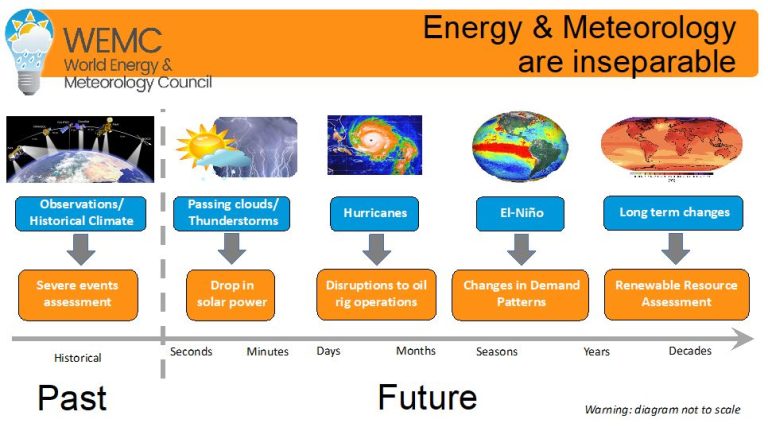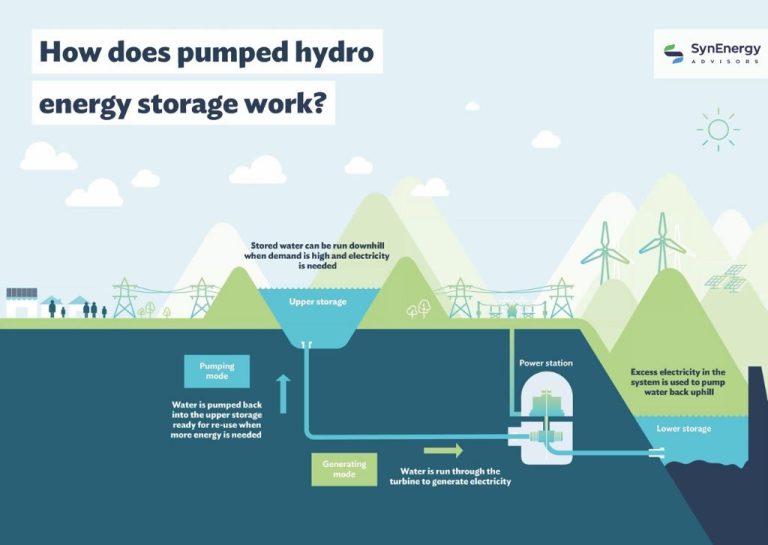How Does A Generator Supply Power To A House?
What is a generator?
A generator is a machine that converts mechanical energy into electrical energy. It consists of an engine connected to an alternator with a fuel supply that powers the engine. The most common types of fuel used for generators are gasoline, diesel, propane and natural gas.
The engine turns a rotor inside the alternator to produce alternating current electricity. The alternator has wire windings inside that rotate within a magnetic field, generating an electrical current according to Faraday’s law of electromagnetic induction.
Generators also contain a voltage regulator to control and stabilize the voltage output. They may include a control panel that displays voltage, frequency and power output readings and contains electrical sockets, circuit breakers and an on/off switch.
Common components of a generator include:
- Engine – Provides the power to turn the alternator
- Alternator – Produces the electrical power
- Fuel supply – Provides the fuel to run the engine
- Control panel – Displays readings and houses controls
- Outlet sockets – Allow devices to be plugged in
- Circuit breakers – Prevent overload on the electrical circuits
- Voltage regulator – Controls and stabilizes voltage output
- Muffler – Reduces noise from the engine
How a generator works
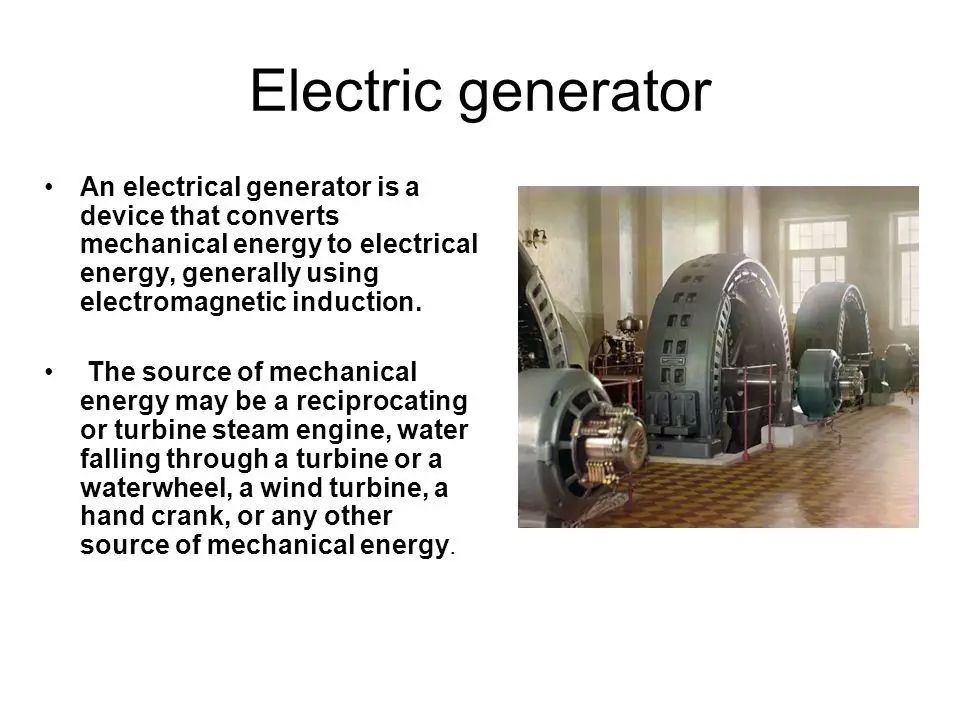
A generator works by converting mechanical energy into electrical energy through electromagnetic induction. The main components of a generator are an engine, an alternator (or generator head), and a fuel source.
The engine provides the power to turn a rotor inside the alternator at a constant speed. This can be a gas, diesel, propane, or natural gas engine. As the rotor spins, it moves magnets past wire coils, inducing a flow of electrons in the coils and generating an alternating current (AC).
The alternator takes this rotational mechanical energy and converts it into electrical energy, stepping up the voltage to 120 and 240V AC for regular household use. As long as the engine keeps the rotor spinning, the alternator will continuously produce electricity.
The generated AC power flows out through generator cables that connect to a transfer switch or directly to appliances and circuits in the home. This allows the generator to supply backup power when utility power is disrupted.
Generator Capacity
Generator capacity is measured in watts or kilowatts (1,000 watts). The capacity required depends on the home’s power needs during an outage. Important factors include:
- Size of the home (square footage)
- Number of major appliances
- If heat and air conditioning will be powered
As examples, a small portable generator of 3,000-5,000 watts can power a few lights and appliances. A large standby generator of 10,000-20,000+ watts is needed for a whole house.
It’s recommended to make a list of essential items to run during an outage. Add up their wattages to determine the required generator capacity. Allow for some extra capacity as a safety factor.
Connecting a Generator
There are a few options for connecting a generator to your home’s electrical system in order to supply power. The main options are: direct wiring to the home’s electrical panel, using a transfer switch, or plugging in appliances directly.
Direct wiring involves connecting the generator directly to the home’s main electrical panel, which allows the generator to power the whole house. This requires turning off the main circuit breaker so there is no backflow of electricity to outside power lines. This should only be done by a qualified electrician, as mistakes can be extremely dangerous.
Using a transfer switch creates a bridge between a generator and the home’s electrical system. The transfer switch automatically detects when main power is lost and switches over to use the generator. This allows safe powering of either selected circuits or the entire home. Transfer switches should also be installed by qualified electricians.
Plugging appliances directly into the generator is the easiest and least expensive option, but only powers those appliances. Extension cords can be used to connect appliances, however caution is required to avoid overloading the generator. You cannot back feed the house’s circuits, which can be dangerous.
Powering Essentials
When powering your home with a generator, you’ll need to decide which essential appliances and circuits to supply power to. Here are some recommendations on what to prioritize:
Refrigerator
Keeping your refrigerator running is crucial to avoid food spoilage. Refrigerators generally require 700-1500 watts to run. Make sure your generator can handle the startup load, which is about 2-3 times higher than the running wattage.
Lights
Lighting consumes relatively little power but is important for safety and convenience. LED and CFL bulbs are the most efficient. Limit use to necessary rooms.
Electric Hot Water Heater
If you have a gas water heater, your hot water should still work during an outage. For electric water heaters, you’ll need 1500-4000 watts.
Furnace/AC
A furnace requires around 750 watts for the fan and controls. Central AC will require 3000+ watts.
Medical Devices
If you rely on any medical devices requiring power, connect them to the generator as well.
Whole House vs Partial
For a whole house, you’ll likely need at least a 10,000 watt generator. These can power an entire home’s electrical system. For a partial house, focus on essentials and limit use to one appliance/circuit at a time.
Fuel consumption
Fuel consumption by a generator varies greatly depending on the size of the fuel tank, the load being powered, and the efficiency of the generator. During a power outage when fuel supplies may be limited, it’s important to use fuel as efficiently as possible.
Runtime can range from a few hours to over 24 hours for larger standby generators with big fuel tanks. For a standard 5,000-6,500 watt portable generator with a 5 gallon fuel tank, expect a runtime of 6-10 hours at 50% load capacity. Operating at full capacity will consume fuel much faster.
Here are some tips to conserve fuel when using your generator:
- Turn off unnecessary appliances and items you aren’t using.
- Use energy efficient LED light bulbs.
- Use appliances sequentially instead of simultaneously.
- Operate the generator at less than full capacity when possible.
- Check and replace air filters periodically for better efficiency.
- Make sure fuel valve is fully closed when generator is off to avoid leaks.
- Consider wiring your generator to supply power directly rather than using extension cords.
By minimizing load and running the generator strategically, you can extend the available runtime from each tank of fuel.
Safety
When using a generator, it’s crucial to follow safety precautions to avoid injuries or dangerous situations.
Proper Placement Outdoors
Generators release carbon monoxide, which is deadly if inhaled. Always place the generator outdoors in an open area far away from doors, windows, and vent openings. Point the exhaust away from your house. Never run a generator in a garage, basement, crawlspace, or any semi-enclosed area.
Avoiding Carbon Monoxide Poisoning
Install battery-operated carbon monoxide detectors in your home. The symptoms of carbon monoxide poisoning include headache, dizziness, weakness, upset stomach, vomiting, chest pain, and confusion. Seek medical help immediately if you suspect carbon monoxide poisoning.
Electrical Safety
Never plug a generator directly into your home’s wall outlet. Use a heavy-duty extension cord to connect appliances directly to the outlets on the generator. Make sure nothing is plugged into a wall outlet when the generator is running to avoid backfeed. Consult an electrician if connecting into your electrical panel.
Maintenance
Proper maintenance is crucial for keeping your generator running smoothly and extending its lifespan. Here are some key maintenance tips:
Changing Oil and Filters – Generator engines require oil and filter changes regularly, generally every 100-200 hours of use. Refer to your owner’s manual for specifics. Use high quality engine oil and OEM filters.
Replacing Spark Plugs – Spark plugs wear out over time and should be replaced every 1-2 years. Use the spark plug type recommended in your owner’s manual.
Storing Fuel – Only use fresh, high quality fuel in your generator. Old gas can gum up the fuel system. Add fuel stabilizer if storing gas over 30 days.
Keeping Covered Outside – If your generator lives outdoors, keep it covered and dry. Make sure the cover allows for proper ventilation.
Following the manufacturer’s maintenance schedule will maximize your generator’s life and performance. Periodic maintenance is time well invested.
Cost
Generators can be expensive to purchase and operate. Here are some key costs to consider:
Upfront Cost
The upfront cost of a generator varies greatly depending on the size and features. A basic portable generator for home use can cost $500 to $1,500. Larger standby generators that automatically activate during an outage typically cost $2,000 to $6,000 installed.
Installation Cost
Hardwired, permanently installed standby generators require professional installation. This can cost $1,000 to $3,000 depending on labor and complexity. Installation ensures proper wiring, fuel lines, permits, and integration with your home’s electrical system.
Fuel Cost
Fuel consumption depends on the generator size and run time. On average, generators use 1 gallon of fuel per hour per kilowatt of power supplied. So a 10kW generator uses about 10 gallons per hour. At typical fuel prices, that’s $30-50 per hour in fuel costs. Over 10-15 years, fuel can cost thousands of dollars for a standby generator.
Alternatives to Generators
While generators are a reliable way to supply backup power during an outage, there are some alternative options to consider:
Solar Power Systems
Installing solar panels and batteries allows you to store energy from the sun to use when the power goes out. Solar energy can power your essentials just like a generator. The main limitations are higher upfront costs, reliance on sunny weather, and limited capacity for larger loads.
Battery Backup Systems
A battery backup system like Tesla Powerwall stores energy in batteries to provide emergency power. Batteries can switch on automatically when the grid goes down. Downsides are limited capacity and duration as well as large upfront costs.
Limitations of Alternatives
While solar and batteries avoid the noise, fuel, and maintenance of a generator, they have capacity limitations. High power devices like AC units may not run for long. Solar depends on sunny weather to recharge. Batteries and solar have large upfront costs compared to a generator. For essential whole home backup power, a generator is usually the most practical solution.

